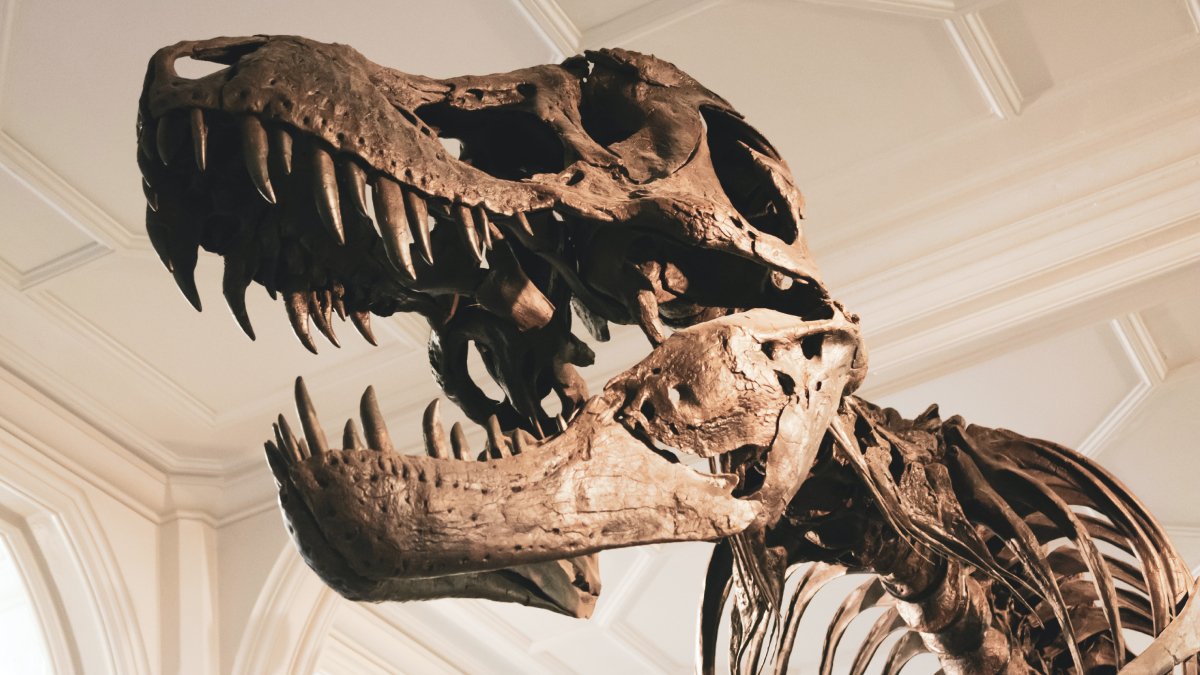News
The origin of a dinosaur-killing asteroid discovered by researchers

The origin of a dinosaur-killing asteroid was discovered by researchers.
The asteroid that wiped out the dinosaurs hit Earth near Mexico. Nicknamed the Chicxulub impactor, the large rocky object had an estimated width of about 6 miles (10 km). It produced a crater that covers an area of around 90 miles (145 km) and the impact is attributed not only to the extinction of the dinosaurs but also about 75 percent of the total animal species at that time. This mass extinction event occurred 66 million years ago and has become widely accepted as the end of the Mesozoic era. Now, researchers have discovered where the marauding asteroid originated.
Using computer models, the researchers studied 130,000 asteroid models to conclude that the asteroid orbited the Sun with others in the main asteroid belt before crashing into Earth.
Researchers from the Texas-based center Southwest Research Institute (SwRI) said the impactor likely came from the outer half of the main asteroid belt. The asteroid belt is located between Mars and Jupiter.
The researchers also say that the processes that send large asteroids to Earth from that region occur at least 10 times more frequently than previously thought. The SwRI team, which includes lead researcher Dr. David Nesvorný and colleagues Dr. William Bottke and Dr. Simone Marchi, said that over the past decade there have been several studies on the mass extinction that ended with the reign of the dinosaurs, but each of them has led to new questions.
Two critical questions were left unanswered, Bottke said. One of them was about the impactor source and the other about the frequency of these Earth impact events. So the researchers began to learn more about the asteroid, leading them to identify the Chicxulub impactor as a carbonaceous chondrite. Many objects surrounding the Earth share similar compositions to the impactor, but these are much smaller in size. “We decided to find where the Chicxulub impactor’s brothers might be hiding,” Nesvorný said.
The researchers then used NASA’s Pleiades supercomputer. To their surprise, they found that 6-mile-wide asteroids from the outer half of the asteroid belt hit Earth at least 10 times more frequently than had previously been found.


You must be logged in to post a comment Login